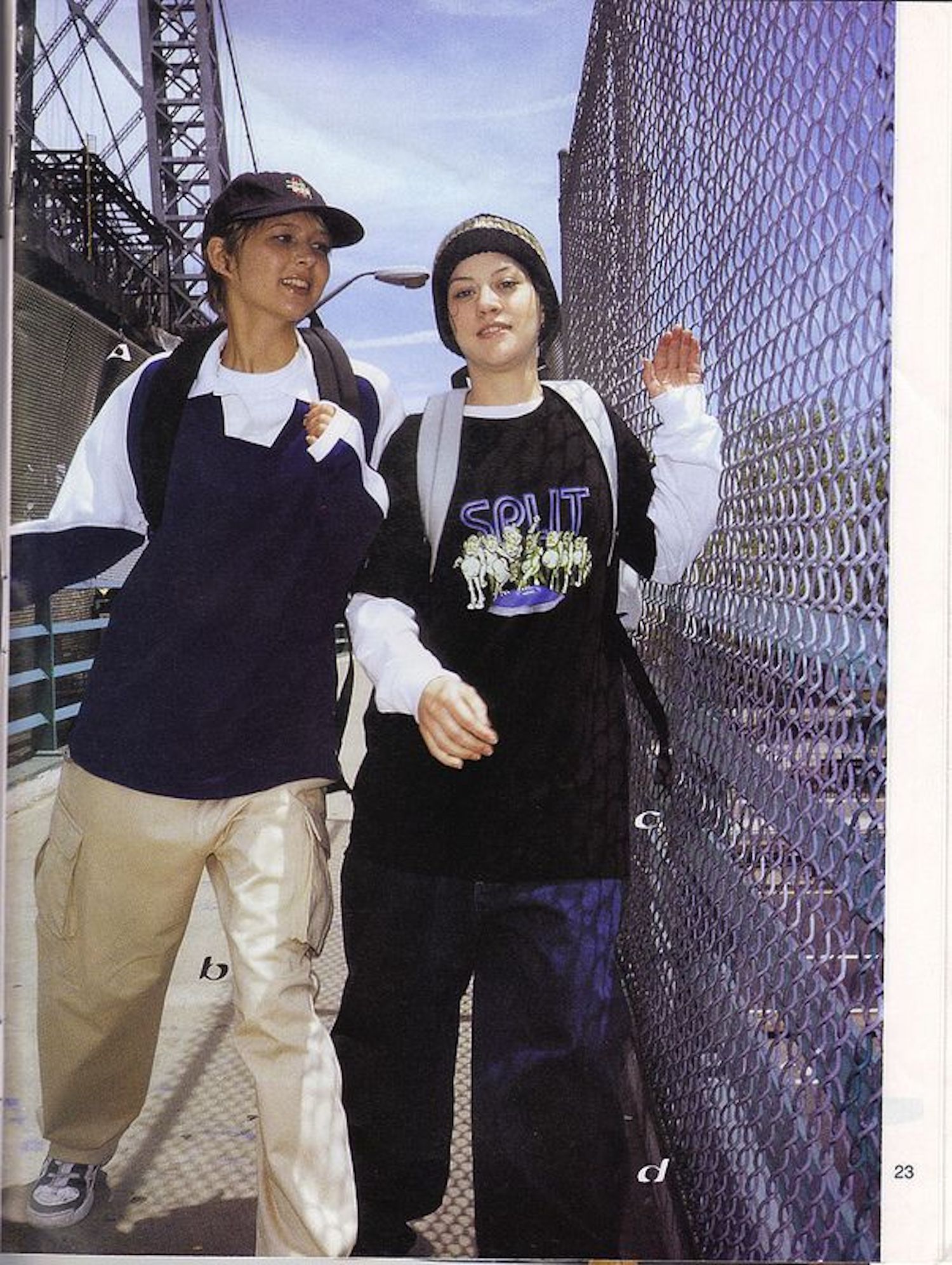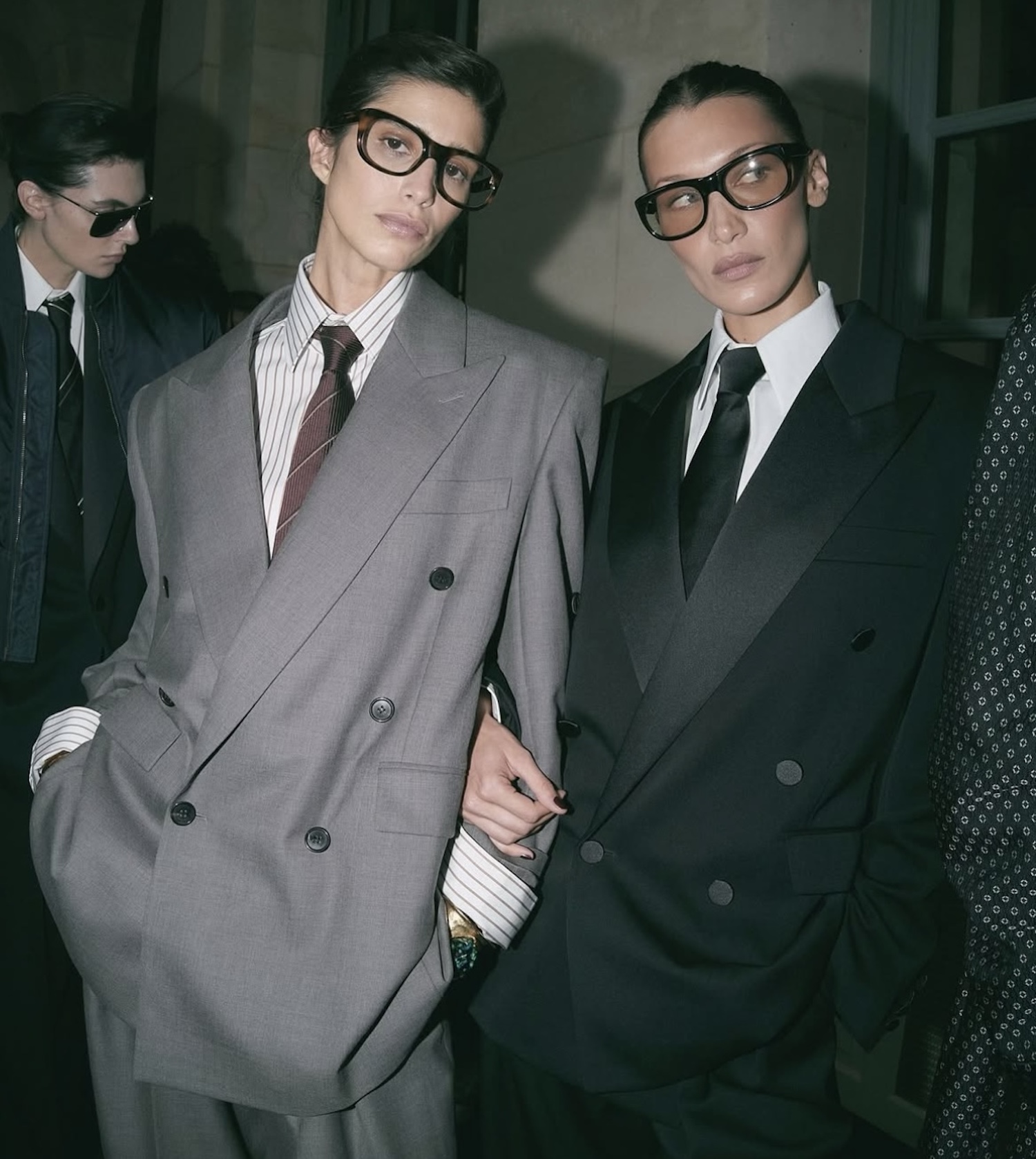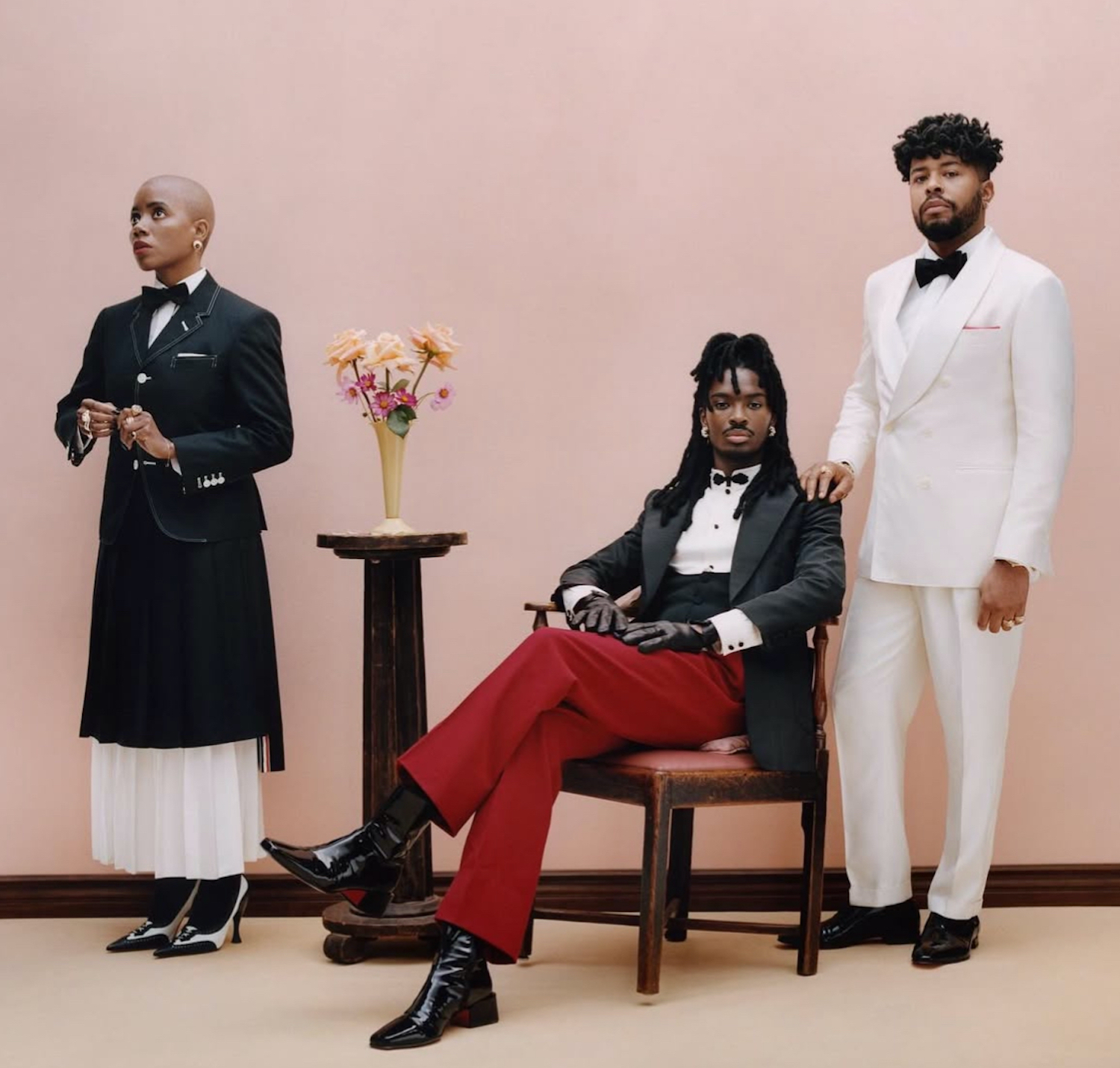The Genderless Revolution.


PHOTO CREDIT: Saint Laurent


PHOTO CREDIT: Saint Laurent

PHOTO CREDIT: Tyler Mitchell


PHOTO CREDIT: Saint Laurent


PHOTO CREDIT: Saint Laurent

PHOTO CREDIT: Tyler Mitchell
Founded in 2011 by Johnson Oduro (Gold), PAUSE Magazine is an independent digital platform redefining how fashion is seen, shared, and celebrated. Originally established as a men’s fashion publication, PAUSE has evolved into a genderless, culture-driven space that celebrates individuality, diversity, and creativity across all forms of expression.
The name PAUSE captures our philosophy — to stop, take notice, and appreciate the ever-changing world of fashion. Our coverage spans street style, runway shows, fashion week documentation, celebrity looks and emerging talent or designers features, capturing the pulse of contemporary fashion daily.
From London to Paris, Milan to New York, PAUSE documents fashion weeks, global street style movements, and new-gen creatives shaping the industry today. Through our website and powerful social media presence, we’ve cultivated a loyal community that looks to PAUSE as both an inspiration and a cultural reference point.
Our mission is to inspire the next generation of fashion-conscious individuals, giving them the confidence to express themselves authentically — beyond gender, trend, or boundary.
About Us | Advertise | Careers | Submissions | Contact Us
